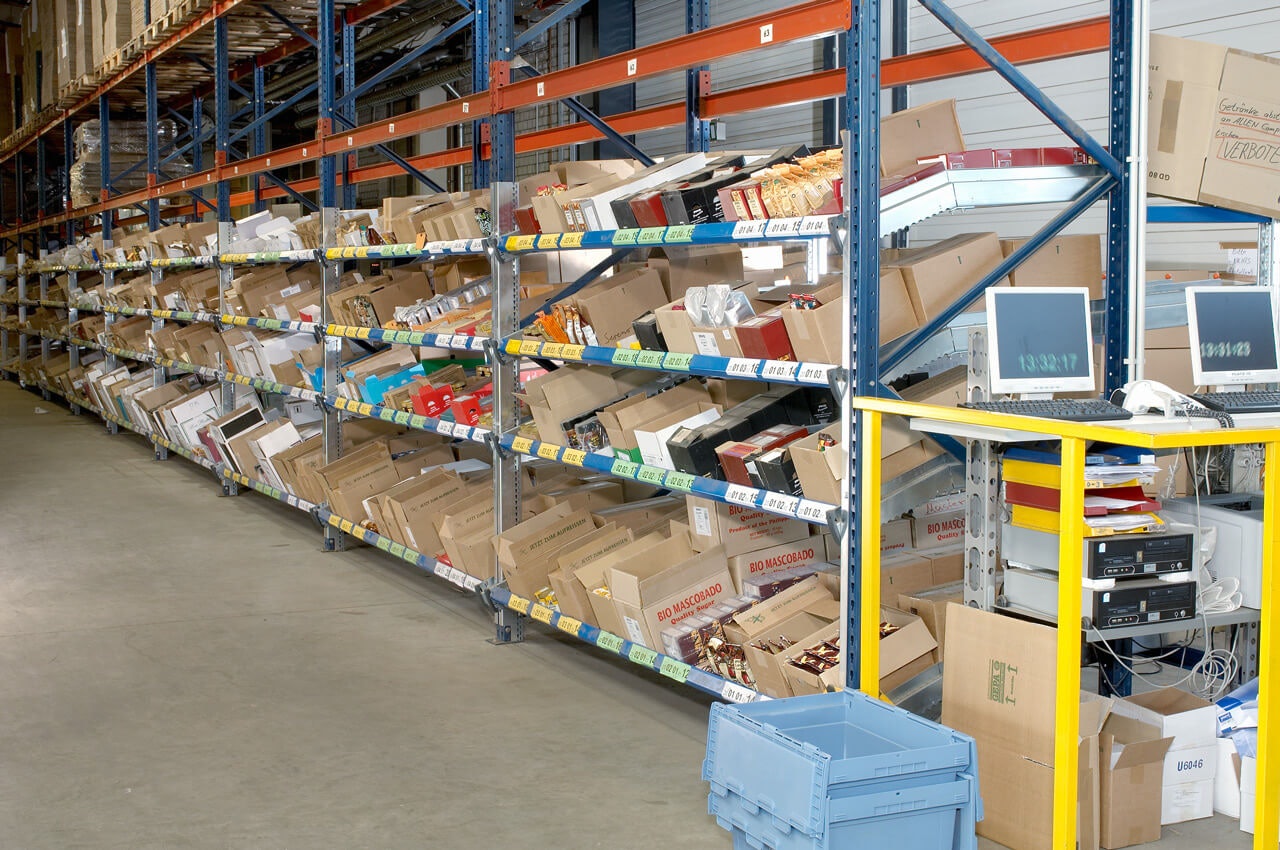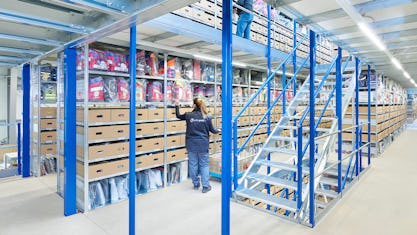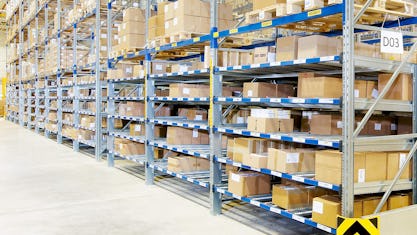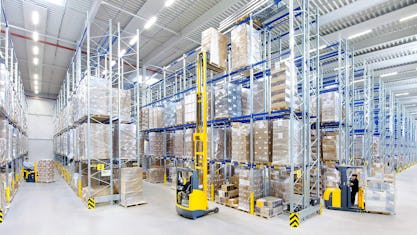What is dynamic warehousing?
In dynamic warehousing, also known as random location, items being stored do not have predetermined storage positions – as is the case with a fixed location system. Instead, they are stored in any free location within the racking or shelving.

In dynamic warehousing, also known as random location, items being stored do not have predetermined storage positions – as is the case with a fixed location system. Instead, they are stored in any free location within the racking or shelving.

Advantages of dynamic warehousing
Dynamic warehousing allows storage areas to be used more efficiently. All remaining free spaces are available for each storage item, which maximises warehouse capacity. In addition to saving floor space, dynamic warehousing eliminates storage problems when stock profiles change.
With a warehouse management system specifying the storage locations, thinking time and workload for warehouse personnel is reduced.
Space allocation can take into account speed of turnover for the goods to optimise routes and thus storage and retrieval times.
Any aisle malfunction in a fixed location system will cause disruption to picking operations, but a dynamic system will maintain item availability.
Localisation of articles
Dynamic warehousing requires an IT-supported warehouse management system. This keeps an inventory list and automatically records the storage bins. The system also assigns a storage bin for each new item. The aim is to create a system that optimises order picking.
Ideally, the system should be designed in such a way that allows different types of racking to be used in a storage zone. When opting for dynamic warehousing, it is important to have an identification system for stored goods that enables automatic reading.
Standardised storage bins are recommended for dynamic storage. This ensures that shelves are relatively evenly loaded. Dynamic systems are even better if the articles have the same or similar outer dimensions and, for homogeneous storage zones, unit weights as well.
Flexible warehousing with BITO
BITO’s portfolio features a large number of suitable products for the implementation of dynamic warehousing. The flexibility of the BITO shelving systems means they can easily be adapted or retrofitted to the respective requirements. Storage can quickly and easily be altered if, for example, there is a change in items or capacity.



